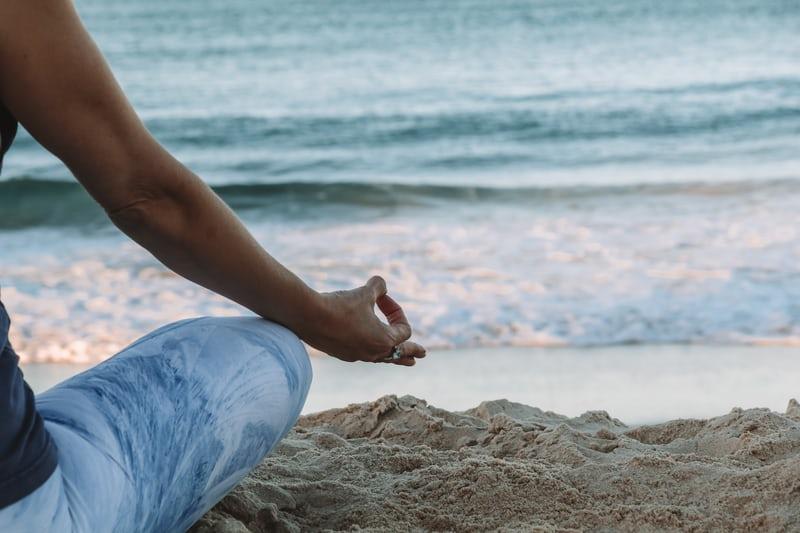Mindfulness can feel impossible in a fast paced world. The idea of slowing down and noticing the world around you can feel overwhelming and unachievable, but this may be due, in part, to needing a mindfulness definition that’s more clear. Let’s look at a helpful mindfulness definition or two.
The staff at Mindful.org suggests this mindfulness definition: “Mindfulness is the basic human ability to be fully present, aware of where we are and what we’re doing, and not overly reactive or overwhelmed by what’s going on around us.” They propose that we all have a degree of mindfulness innately with us but need help learning how to tap into it.
Similarly, another mindfulness definition suggests “maintaining a moment-by-moment awareness of our thoughts, feelings, bodily sensations, and surrounding environment, through a gentle, nurturing lens.” Included in this mindfulness definition is that being mindful is multifaceted, involving our mind, body, and surroundings. There’s no “right” or “wrong” way to feel when practicing mindfulness. This belief can be a barrier to cultivating mindfulness in our lives because we forget the nonjudgmental part. We become overly harsh and critical of the way we feel or what we notice in the stillness.
Additionally, we may feel intimidated that others are doing it “better” than us or that the experience should feel the same for everyone. The mindfulness definitions above suggest that experientially, it’s different for everyone, since no one has your thoughts, body, or lens through which you see the world.
With a clearer mindfulness definition, we can begin noticing and tending to it more often, recognizing that sometimes mindfulness requires an activity, stillness, or both. Meditation, for example, is both. It’s an activity that creates space for stillness. Meditation requires active preparation of a physical space (a chair, mat, or park bench) followed by dedication to sitting for a period of time. Mindfulness, then, happens both in the preparation for (the activity) and the experience of stillness.
Jon Zabat-Zinn, the founder of Mindfulness-Based Stress Reduction (MBSR), has another well-quoted mindfulness definition:
“The awareness that arises from paying attention, on purpose, in the present moment and non-judgmentally.”
He reminds us that meditation isn’t the only way to cultivate mindfulness. His work with MBSR suggests these alternative ways to be more mindful that is consistent with his mindfulness definition.
- Practicing mindful breathing by bringing attention to the physical sensations of your breath as the air flows in and out.
- Doing a body scan to bring attention to different parts of your body, starting with your head and moving down toward your toes.
- Experimenting with the raisin exercise by bringing attention to each of your senses by feeling, observing, and tasting a raisin and noticing the experience.
Each of these activities will help cultivate mindfulness in everyday life and tap into the potential for it that’s already inside us.
While your mindfulness definition may be different than mine, the common denominator is that each of them will lead us to be more present and focused in our lives. For a short list of some alternative mindfulness definitions, check out this resource.
